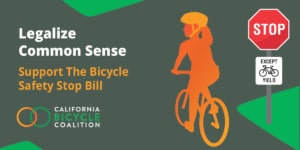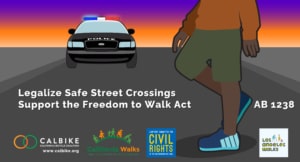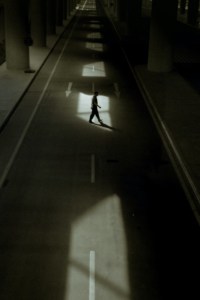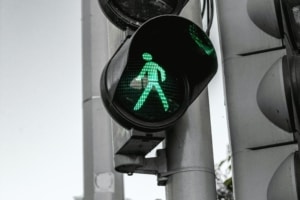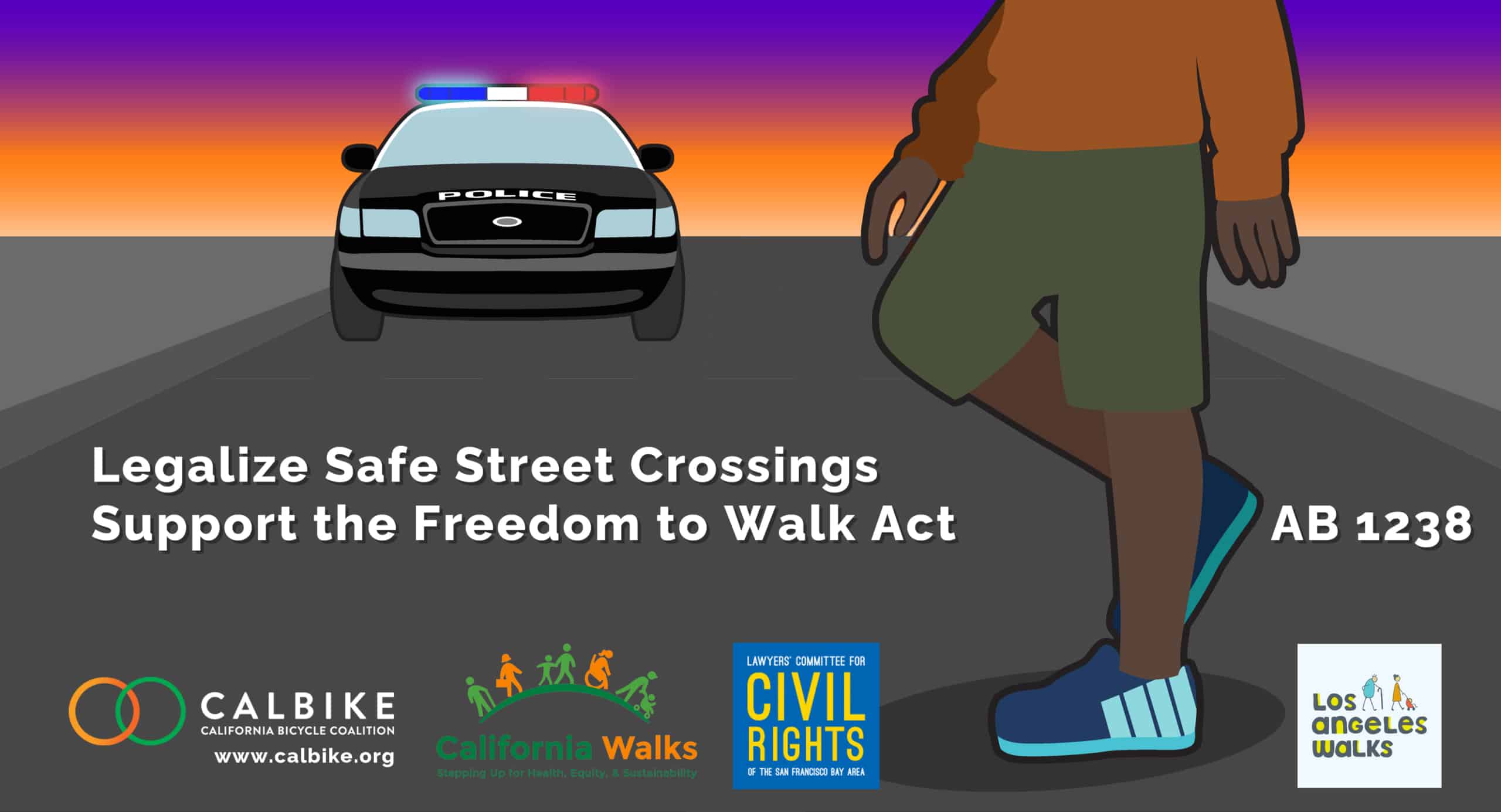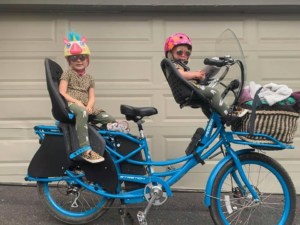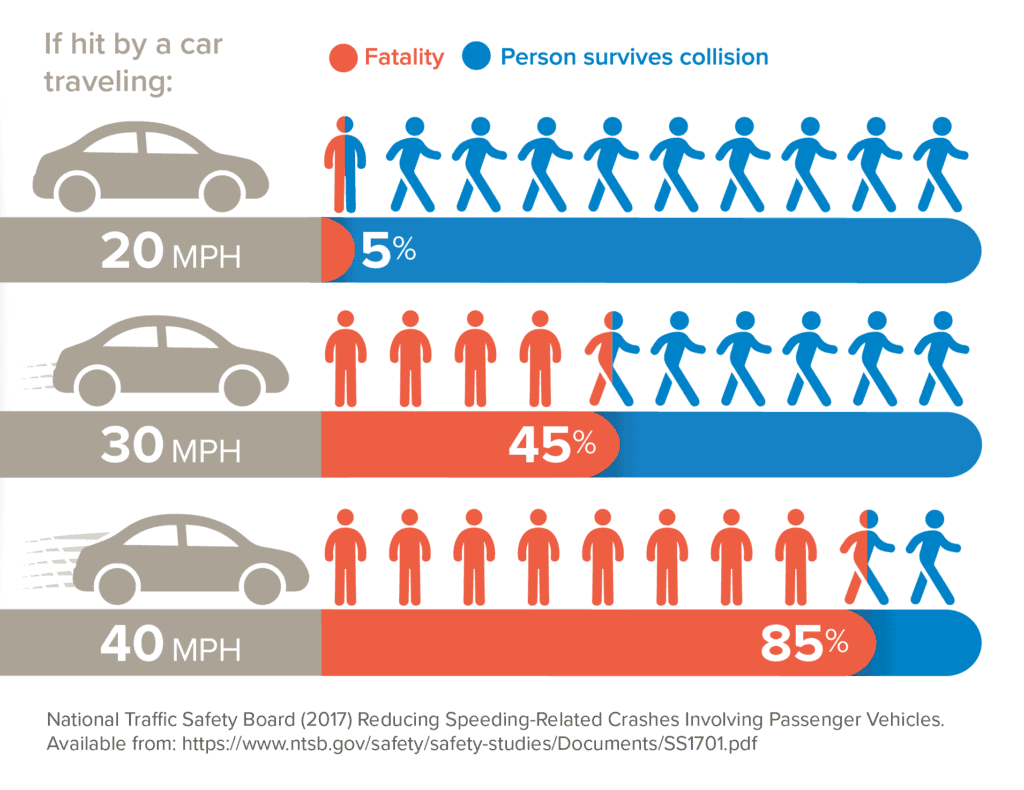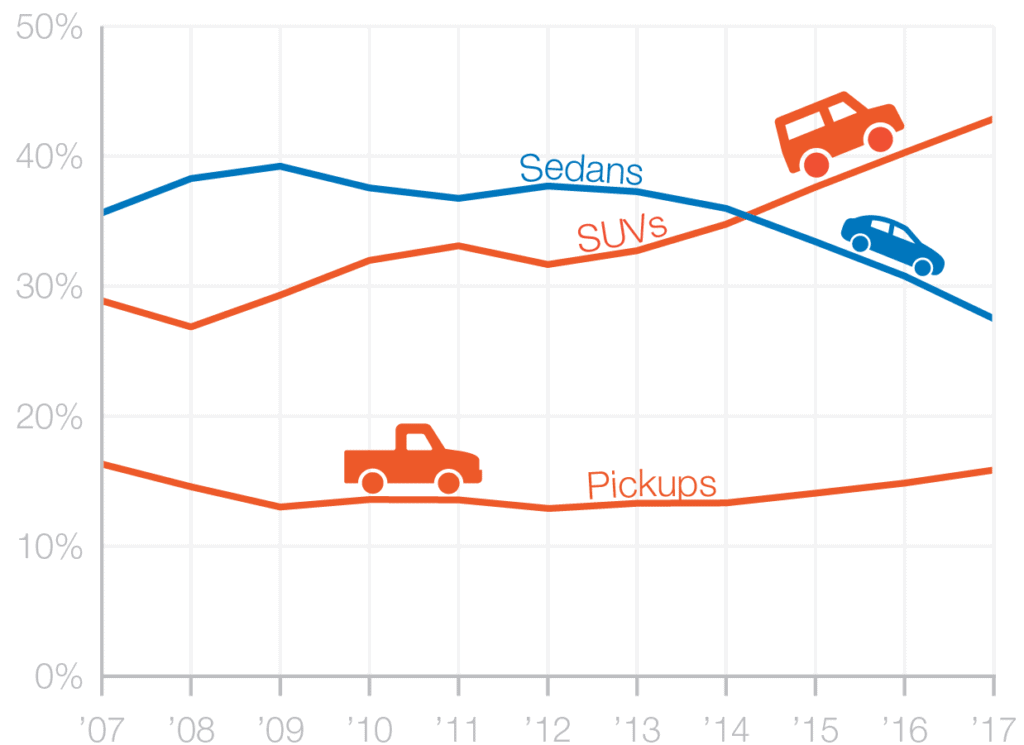Blockbuster LA Times Investigation Shows Police Bias in Bike Stops
An LA Times investigation of bicycle traffic stops since 2017 has put a spotlight, once again, on the need to remove armed officers from traffic enforcement. The two bills CalBike sponsored in 2021 to decriminalize common and safe walking and biking would have represented a step in that direction. However, although the Bicycle Safety Stop Bill and the Freedom to Walk Act got support from both houses of the legislature, the governor vetoed both bills, citing inaccurate safety statistics.
Disproportionate stops of Latino riders highlights the need to remove police from traffic enforcement
In addition to racism, the Times reporting uncovered bias against people who use bikes for transportation. Officers in Los Angeles perform searches four times more often during bike stops than when they stop someone driving a car or walking, even though bike stops are half as likely to end in an arrest.
The LA Times story makes clear that police officers were using bike stops as a pretext for a stop-and-frisk type of enforcement. Some key takeaways from the article:
The data paint a clear picture of a police force acting on prejudice against Latino and Black residents who ride bikes, particularly in areas where most residents are people of color. As the article highlights, these communities have little safe bicycle infrastructure, so decades of systemic racism and neglect become a weapon to doubly punish people in disadvantaged neighborhoods.
Discrimination against Latinos and people who bike for transportation or work
Although more than two-thirds of the bike traffic stops were of Latinos, that group had the lowest rate of illegal items—just 7.1%, compared to 10.5% among white bike riders. And these traffic stops have the potential to turn deadly, like the stop of Dijon Kizzee in 2020, a Black bike rider shot and killed by the police.
The quote from the police spokesperson reveals the underlying prejudice: people, primarily Latino or BIPOC people, riding without spandex or fancy kits, are probably criminals.
A 2019 study of attitudes about bicyclists among the general public found that 49% of people who drive view people on bikes as non-human and that dehumanization led them to act more aggressively toward cyclists. In other words, stereotyping and “othering” people on bikes make riders less safe. The LA Times reporting puts that in stark relief. For people of color, and their long history of “otherness,” riding a bike can be even more dangerous.
Barriers to changing traffic enforcement in California
The bike stops in LA did nothing to improve traffic safety, but they did target people of color for harassment. This latest information has added momentum to the movement to transfer traffic enforcement from the police to unarmed DOT personnel or automated cameras.
While CalBike supports these initiatives (with caveats), it’s worth noting that these reformist strategies are certainly not without concern and complexity. For instance, these de-policing approaches have the potential to simply relocate or exacerbate policing and surveillance by other means, whether by deputizing ordinary bureaucrats or through technological devices.
In response to the LA Times investigation, the Los Angeles County Board of Supervisors has made a welcome move to decriminalize biking on the sidewalk in areas with no bike lanes. Riding on the sidewalk was the pretext for 25% of the stops in East LA, which has few bike lanes. The supervisors have also asked the Sheriff’s Department to create a diversion program for people biking and walking to avoid fines and jail time. But state laws limit how far LA County can go to decriminalize safe biking and protect residents from racially-biased policing.
Berkeley was one of the first to reimagine traffic enforcement, voting in 2020 to create a new Department of Transportation to take over from the police. However, that change is illegal under current California law, as is speed detection by cameras. Advocates tried and failed to legalize camera speed detection in California this year. Still, there is growing momentum behind a potential 2022 bill to allow cities to take police out of traffic stops.
It’s clear that biased policing is a fact and that traffic stops are hazardous, especially for Black and Latino Californians. CalBike is asking Governor Newsom and CalSTA to listen to advocates and support concrete measures to de-police and decriminalize biking and walking in California.

